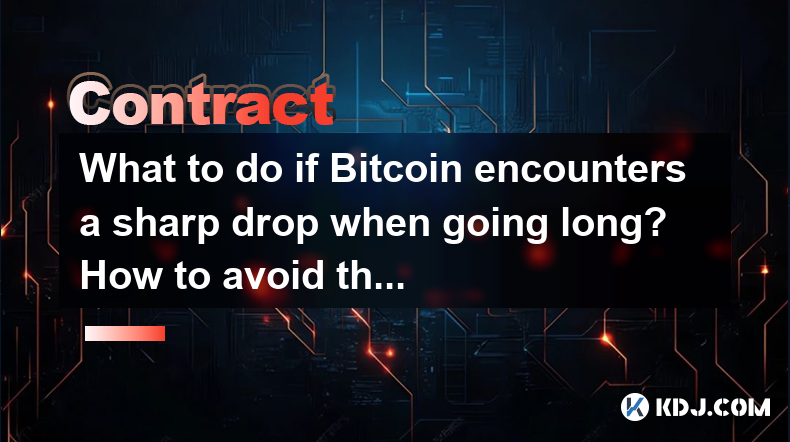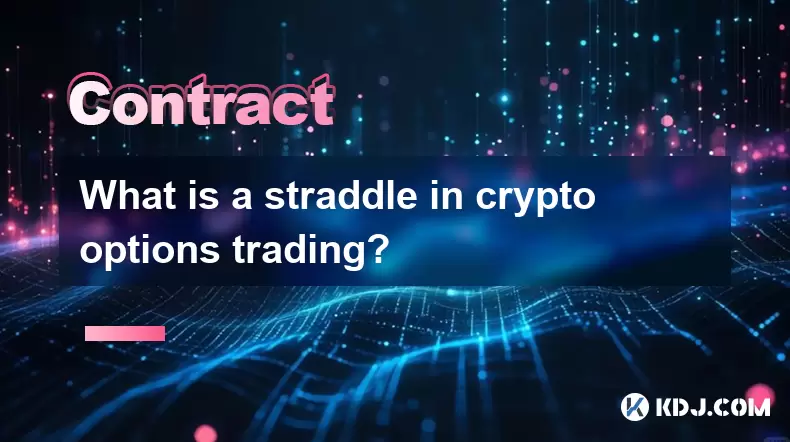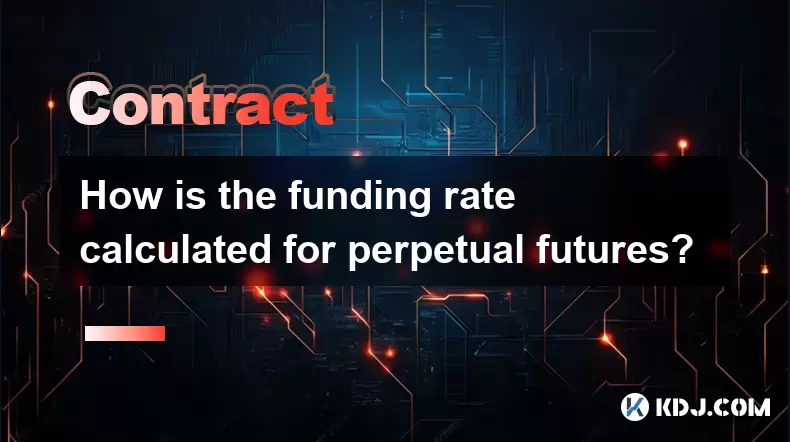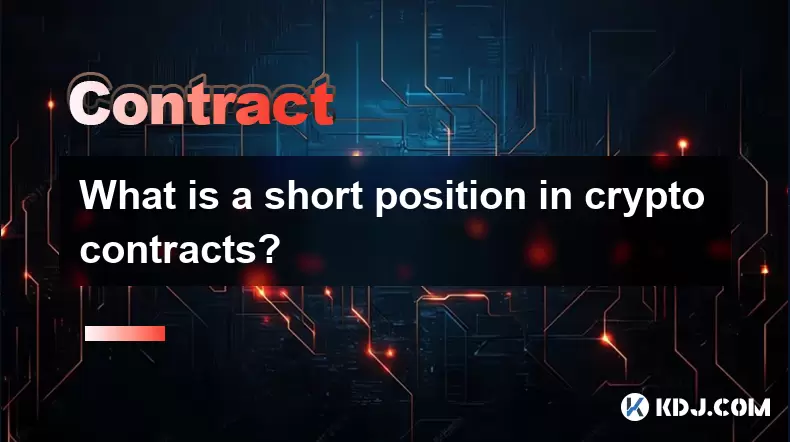-
 Bitcoin
Bitcoin $116400
0.87% -
 Ethereum
Ethereum $3819
3.86% -
 XRP
XRP $3.048
1.62% -
 Tether USDt
Tether USDt $1.000
0.03% -
 BNB
BNB $777.2
0.60% -
 Solana
Solana $169.3
0.46% -
 USDC
USDC $0.0000
0.02% -
 TRON
TRON $0.3414
2.06% -
 Dogecoin
Dogecoin $0.2126
3.33% -
 Cardano
Cardano $0.7527
1.21% -
 Hyperliquid
Hyperliquid $38.86
1.02% -
 Sui
Sui $3.683
5.27% -
 Stellar
Stellar $0.4048
1.45% -
 Chainlink
Chainlink $17.91
6.62% -
 Bitcoin Cash
Bitcoin Cash $576.9
1.29% -
 Hedera
Hedera $0.2487
1.03% -
 Ethena USDe
Ethena USDe $1.001
-0.01% -
 Avalanche
Avalanche $22.46
1.07% -
 Litecoin
Litecoin $120.8
1.69% -
 UNUS SED LEO
UNUS SED LEO $8.963
-0.30% -
 Toncoin
Toncoin $3.301
2.33% -
 Shiba Inu
Shiba Inu $0.00001250
1.13% -
 Uniswap
Uniswap $10.06
3.45% -
 Polkadot
Polkadot $3.731
1.56% -
 Dai
Dai $1.000
0.01% -
 Bitget Token
Bitget Token $4.416
1.58% -
 Cronos
Cronos $0.1482
3.73% -
 Monero
Monero $250.0
-12.34% -
 Pepe
Pepe $0.00001075
2.16% -
 Aave
Aave $274.6
4.17%
What to do if Bitcoin encounters a sharp drop when going long? How to avoid the risk of liquidation?
To manage sharp Bitcoin drops and avoid liquidation, use stop-loss orders, trailing stops, monitor volatility, use leverage wisely, and consider hedging strategies.
May 05, 2025 at 03:49 pm

When trading Bitcoin, encountering a sharp drop while holding a long position can be a nerve-wracking experience. Understanding how to manage such situations and minimize the risk of liquidation is crucial for any trader. This article will delve into the strategies and techniques you can employ to protect your investments and navigate through volatile market conditions effectively.
Understanding Long Positions and Liquidation
Long positions in Bitcoin trading involve buying the cryptocurrency with the expectation that its price will rise. If the price does drop sharply, it can lead to liquidation, where your position is automatically closed by the exchange or broker due to insufficient margin to cover potential losses. Liquidation occurs when the account's equity falls below the required margin level, and it is a risk that all traders must be aware of and manage.
Setting Appropriate Stop-Loss Orders
One of the most effective ways to avoid liquidation during a sharp drop is by using stop-loss orders. A stop-loss order is an instruction to sell an asset when it reaches a certain price, thereby limiting potential losses. Here's how to set up a stop-loss order:
- Log into your trading platform and navigate to the trading interface.
- Select the Bitcoin position you want to protect.
- Choose the option to set a stop-loss order. This is usually found in the order settings or trade management section.
- Enter the stop-loss price. This should be a price level at which you are comfortable selling your Bitcoin to minimize losses.
- Confirm the order. Once the price reaches the specified level, the stop-loss order will automatically execute, closing your position.
Setting a stop-loss order at an appropriate level can help you exit a trade before the price falls too far, thus avoiding liquidation.
Utilizing Trailing Stop-Loss Orders
A trailing stop-loss order is a more dynamic approach that can protect your profits while still providing a safety net against sharp drops. Unlike a regular stop-loss, a trailing stop moves up with the market price but does not move down, allowing you to lock in gains while still capping potential losses. Here’s how to set up a trailing stop-loss:
- Access your trading platform and go to the order management section.
- Select the Bitcoin position you wish to apply the trailing stop to.
- Choose the trailing stop-loss option. This may be labeled differently depending on the platform, such as "trailing stop" or "trailing stop loss."
- Set the trailing amount. This can be a fixed dollar amount or a percentage of the current market price.
- Confirm the order. The trailing stop will automatically adjust as the price moves in your favor, but it will remain at the highest level reached if the price starts to fall.
Using a trailing stop-loss can help you stay in a profitable trade longer while still protecting against sudden downturns.
Monitoring Market Volatility and Adjusting Positions
Market volatility is a key factor in managing the risk of liquidation. High volatility increases the likelihood of sharp price drops, which can trigger liquidation. To mitigate this risk, you should:
- Regularly monitor market conditions using tools like volatility indices, Bollinger Bands, or the Average True Range (ATR).
- Adjust your position size based on current volatility levels. Smaller position sizes can help manage risk during highly volatile periods.
- Diversify your portfolio to spread risk across different assets. This can help cushion the impact of a sharp drop in Bitcoin's price.
By staying informed about market conditions and adjusting your trading strategy accordingly, you can better manage the risk of liquidation.
Using Leverage Wisely
Leverage can amplify both gains and losses, making it a double-edged sword in trading. When using leverage, the risk of liquidation increases, as even small price movements can significantly impact your margin. To use leverage wisely and minimize the risk of liquidation:
- Choose a lower leverage ratio. Instead of using the maximum available leverage, opt for a more conservative level to reduce the risk of liquidation.
- Calculate the required margin carefully before entering a trade. Ensure that your account balance can cover potential losses without being liquidated.
- Monitor your margin level continuously. Many trading platforms offer real-time margin level indicators, which can help you stay aware of your risk exposure.
Using leverage cautiously can help you avoid the pitfalls of liquidation during sharp market drops.
Implementing Hedging Strategies
Hedging is another technique that can protect your long positions from sharp drops. Hedging involves taking an opposite position in a related asset to offset potential losses. Here are some common hedging strategies for Bitcoin:
- Shorting Bitcoin futures. If you hold a long position in Bitcoin, you can hedge by shorting Bitcoin futures. If the price of Bitcoin drops, the gains from the short position can offset losses in your long position.
- Buying put options. Purchasing put options on Bitcoin gives you the right to sell Bitcoin at a predetermined price. If the price drops below this level, you can exercise the option to limit your losses.
- Diversifying into stablecoins. Holding a portion of your portfolio in stablecoins can provide a hedge against Bitcoin's volatility, as stablecoins are designed to maintain a stable value.
Implementing these hedging strategies can help you manage the risk of liquidation and protect your investments during sharp market downturns.
Frequently Asked Questions
Q: Can I recover from liquidation if it occurs?
A: Once liquidation occurs, your position is closed, and any remaining balance after covering losses and fees is returned to your account. While you cannot undo the liquidation, you can re-enter the market once you have reassessed your strategy and risk management.
Q: How often should I adjust my stop-loss orders?
A: It depends on your trading strategy and the market's volatility. In highly volatile markets, you might need to adjust your stop-loss orders more frequently to stay aligned with current market conditions. Regularly reviewing and adjusting your stop-loss levels can help you manage risk effectively.
Q: Is it possible to avoid liquidation entirely?
A: While it's challenging to avoid liquidation entirely, especially in highly volatile markets, implementing the strategies discussed—such as setting stop-loss orders, using trailing stops, monitoring market volatility, using leverage wisely, and hedging—can significantly reduce the risk of liquidation.
Q: How does the choice of trading platform affect my risk of liquidation?
A: Different trading platforms have varying margin requirements and liquidation policies. Choosing a platform with favorable terms, such as lower margin requirements and more flexible liquidation thresholds, can help reduce your risk of liquidation. Additionally, platforms with robust risk management tools and real-time data can aid in better decision-making.
Disclaimer:info@kdj.com
The information provided is not trading advice. kdj.com does not assume any responsibility for any investments made based on the information provided in this article. Cryptocurrencies are highly volatile and it is highly recommended that you invest with caution after thorough research!
If you believe that the content used on this website infringes your copyright, please contact us immediately (info@kdj.com) and we will delete it promptly.
- Pi Coin's dApp and AI Potential: Building a Decentralized Future
- 2025-08-08 02:30:12
- Bitcoin, Greenidge, and Liquidity: Navigating the Crypto Currents in NYC
- 2025-08-08 02:30:12
- Crypto Phishing Alert: $3 Million USDT Loss Highlights DeFi Risks
- 2025-08-08 01:10:12
- Crypto Presale Mania: Is Punisher Coin the High ROI King?
- 2025-08-08 01:10:12
- Online Betting, Platforms & Crypto Access: What's Hot in 2025
- 2025-08-08 00:50:12
- Layer Brett: The Meme Coin Primed for 100x Gains?
- 2025-08-08 01:50:12
Related knowledge

What triggers a liquidation event on a Coinbase futures position?
Aug 08,2025 at 01:15am
Understanding Futures Contracts on CoinbaseFutures contracts on Coinbase allow traders to speculate on the future price of a cryptocurrency, such as B...

What is a straddle in crypto options trading?
Aug 07,2025 at 11:15pm
Understanding the Basics of a Straddle in Crypto OptionsA straddle is an options trading strategy used when a trader expects significant price movemen...

How is the funding rate calculated for perpetual futures?
Aug 07,2025 at 11:36pm
Understanding the Basics of Perpetual FuturesPerpetual futures are a type of derivative contract that does not have an expiration date, allowing trade...

What programming languages are used for smart contracts?
Aug 07,2025 at 06:07pm
Understanding Smart Contracts and Their Execution EnvironmentSmart contracts are self-executing programs deployed on blockchain networks that automati...

What is a short position in crypto contracts?
Aug 07,2025 at 11:42pm
Understanding the Concept of a Short Position in Crypto ContractsA short position in crypto contracts refers to a trading strategy where a trader prof...

What is a long position in crypto contracts?
Aug 07,2025 at 06:29pm
Understanding the Concept of a Long Position in Crypto ContractsA long position in crypto contracts refers to a trading strategy where a trader buys a...

What triggers a liquidation event on a Coinbase futures position?
Aug 08,2025 at 01:15am
Understanding Futures Contracts on CoinbaseFutures contracts on Coinbase allow traders to speculate on the future price of a cryptocurrency, such as B...

What is a straddle in crypto options trading?
Aug 07,2025 at 11:15pm
Understanding the Basics of a Straddle in Crypto OptionsA straddle is an options trading strategy used when a trader expects significant price movemen...

How is the funding rate calculated for perpetual futures?
Aug 07,2025 at 11:36pm
Understanding the Basics of Perpetual FuturesPerpetual futures are a type of derivative contract that does not have an expiration date, allowing trade...

What programming languages are used for smart contracts?
Aug 07,2025 at 06:07pm
Understanding Smart Contracts and Their Execution EnvironmentSmart contracts are self-executing programs deployed on blockchain networks that automati...

What is a short position in crypto contracts?
Aug 07,2025 at 11:42pm
Understanding the Concept of a Short Position in Crypto ContractsA short position in crypto contracts refers to a trading strategy where a trader prof...

What is a long position in crypto contracts?
Aug 07,2025 at 06:29pm
Understanding the Concept of a Long Position in Crypto ContractsA long position in crypto contracts refers to a trading strategy where a trader buys a...
See all articles

























































































